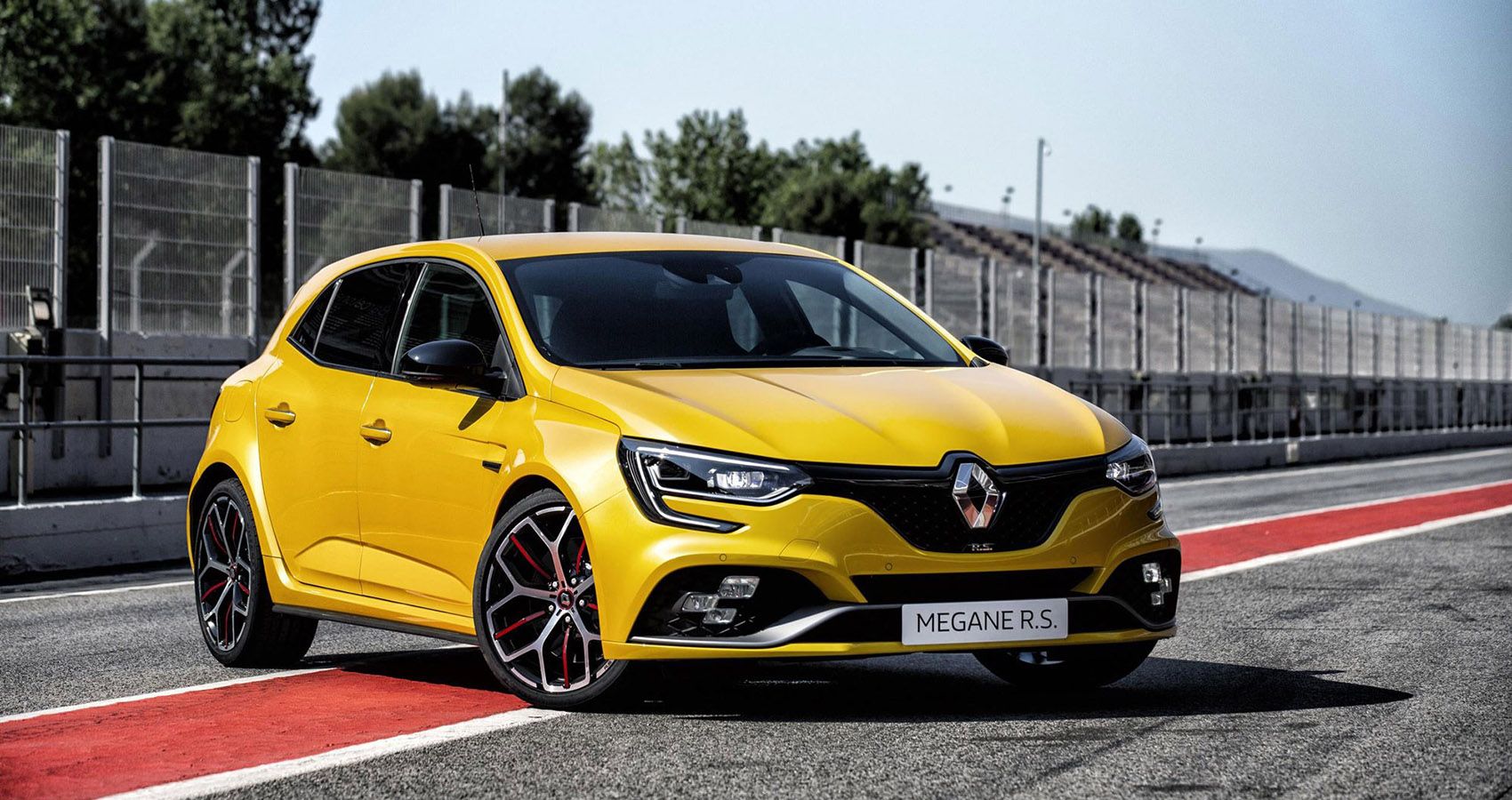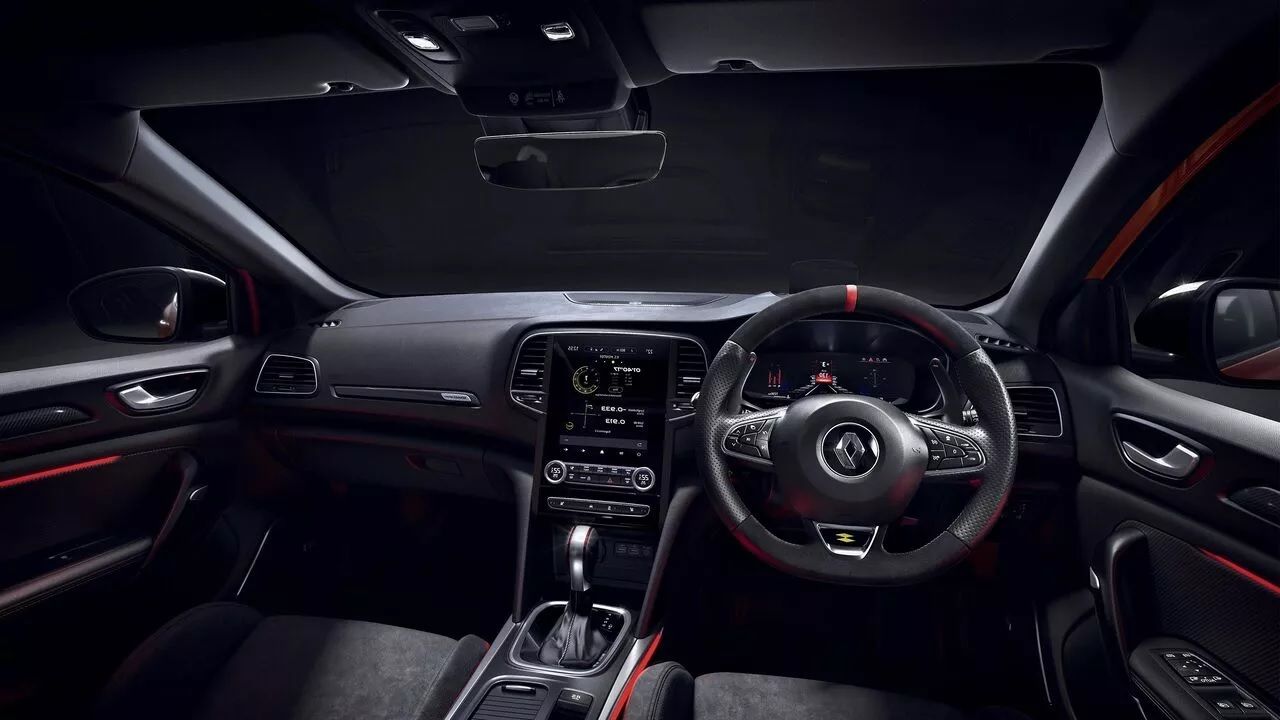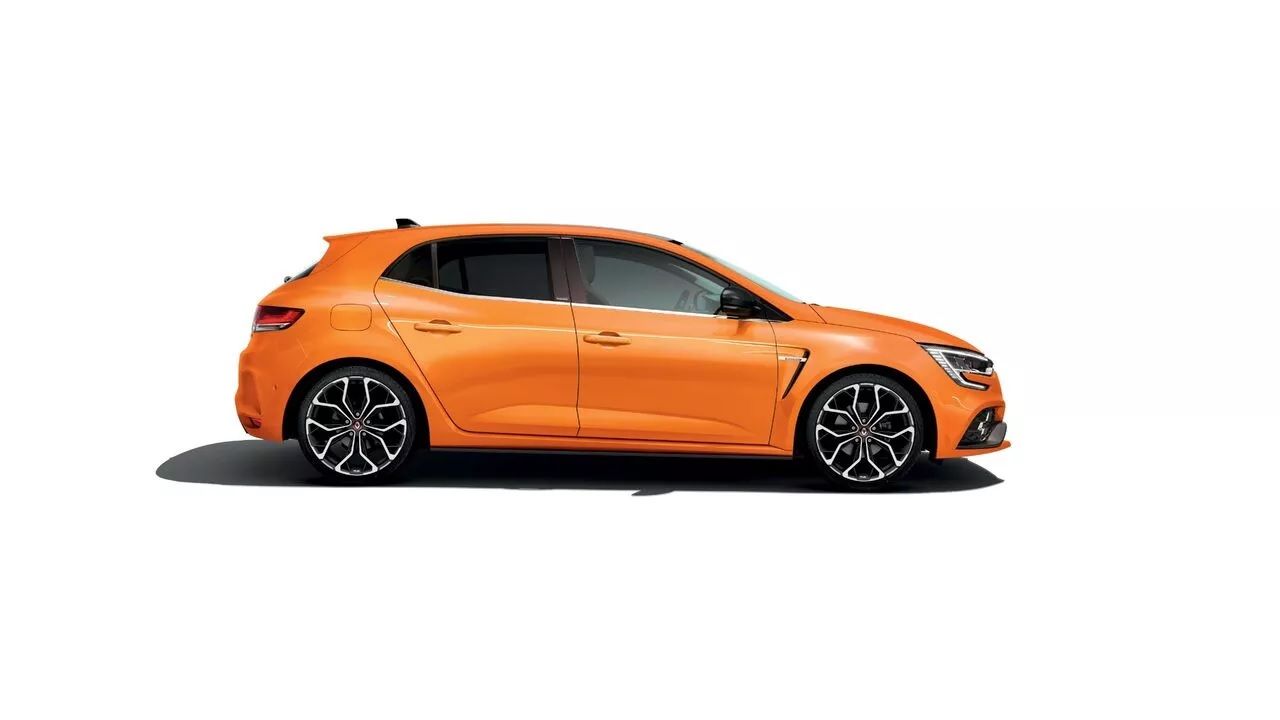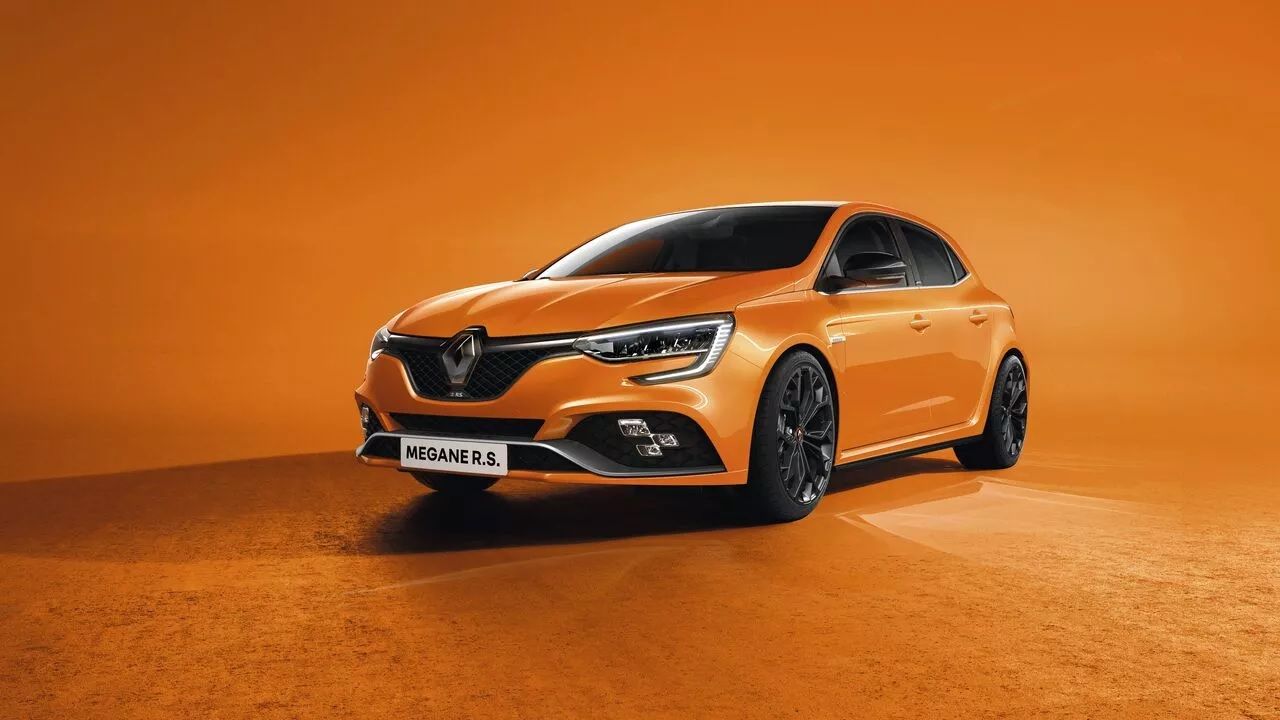In 2004, Renault introduced the first Megane RS. Built at Renault's Dieppe factory - the same production plant that produced the likes of the Spyder, the Clio V6, the Alpine A610, and other astounding race cars– the Megane RS had a guaranteed success. Equipped with a 2.0-liter petrol engine that made around 220 horsepower, the Megane RS could sprint to 60 mph in 6 seconds, which was 2 seconds quicker than the seemingly performance-oriented Honda Civic Si, and half as much time as the Hyundai Accent Hatchback. Recall, this French hatchback briefly held the record for the quickest front-wheel-drive car on the Nurburgring track in 2014.
Despite the introduction of numerous hatchbacks over the past decade or so, the Megane RS continues to command attention, and not only is still one of the most recognized 2022 hot hatches in the European territory, but also among the fastest, most thrilling, and driver-focused hatchbacks ever sold.
But, if the name sounds rather unfamiliar to the US reader, it’s because… well, it is. Renault's presence in the United States ended in 1992, when Chrysler discontinued its rebadged Eagle Premier model before the Megane ever hit the assembly line. Currently, Nissan and Renault are partners in a strategic partnership, with the former likely preventing the latter from ever returning to the United States. With the arrival of the electric Megane, the brand also gave the Megane RS a last hurrah with a partially revised exterior and interior design as well as revised trim levels. Despite leaving the segment to the likes of the Ford Focus and the Mercedes A-Class, the Megane RS still goes against the Honda Civic Type R and the VW Golf GTI.
With that, here’s why we wish the Renault Megane RS was available in the US market.
Cabin Design And Tech
Overall, the RS is a very relaxing hot hatch to drive. The Megane's fashionable dashboard, dominated by a touchscreen infotainment system that's in a portrait layout and a digital instrument cluster, looks neat as well as uncluttered and takes a cool conventional approach. However, the brand threw in a bunch of unique details to remind you that you aren’t sitting in an ordinary family vehicle. The cabin feels much more luxurious interior than a Hyundai i30 N and is a little fancier than the Volkswagen Golf R.
The cabin borrows most controls from the standard hatchback, and the dials are configured similarly to those on a regular Megane but with Renaultsport markings. Although the carbon fiber patches on the doors are attractive, they have an unnatural emphasis on the word "performance."We love the steering wheel comes concealed in Alcantara suede, which not only tops up the sporty cabin appeal but also adds the much-needed grip.
Sitting in the center of the dashboard is a big 9.3-inch central infotainment screen. Sure, it does have its shortcomings. For starters, there is no "haptic feedback" to confirm selections with a vibration or a click. Secondly, the material that surrounds it doesn’t feel as high-quality. Also, some menus are a little unclear. But the visuals are on point, and you’ll get more screen size than in a BMW 1 Series and a Mazda 3. Another feature installed is the 10-inch digital instrument cluster with unique Renaultsport graphics.
All Megane RS models come equipped with a variety of standard safety features, such as front and rear parking sensors, a rearview camera, lane departure warning, and traffic sign recognition.
Punchy Engine And Satisfactory Performance
Every Megane RS has the same turbocharged 1.8-liter petrol engine as the Alpine A110 sports car, but with a 300-horsepower bump, hence the ‘300’ designation. Despite having the same engine, its predecessor made around 280 horsepower, with the exhaust components and turbocharger.
With the steering-column paddles, take charge of the Megane RS 300’s six-speed dual-clutch automatic transmission, which feels perfectly matched to the engine and driveline. It provides quick shifts, and when in Race or Sport mode, the transmission system can skip a particular gear entirely by pulling back on the corresponding paddle.
Regardless of the trim level you choose, the Renault Megane RS provides a pleasurable riding experience. While Renault pursued sportier handling, the RS has barely sacrificed the Megane's fundamental smoothness. There’s so much grip and rubber-and-road contact, thanks to the large 19-inch wheels mounted on the RS 300 Trophy. Thanks to its precise steering, the car responds right away with very little input, but with a great deal of feedback at the front wheels. The feels balanced, natural, and nimble at any speed.
In order to improve maneuverability, the four-wheel steering system alternates shallow rear-steer assistance between complementary and opposite directions, which changes depending on the drive mode.
Low Running Costs And Good Fuel Economy Numbers
As a sports car with incredibly low operating costs, the Megane RS is a go-to for gearheads with an optimist, glass-half-full mentality. With a price bracket ranging from $53,990 for the basic trim level Hatchback Megane RS Trophy 300 to $65,300 for the Hatchback Megane RS Trophy, the RS is reasonably priced than some competitors, considering its capabilities.
When it comes to fuel economy, both the standard RS 300 and the souped-up Trophy deliver a combined 33 MPG, during which it consumes 8.3 liters of Premium Unleaded Petrol every 62 miles, similar to the 2022 Ford Focus IV Hatchback. The routine maintenance costs of the Megane RS are also somewhat bearable.




